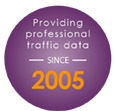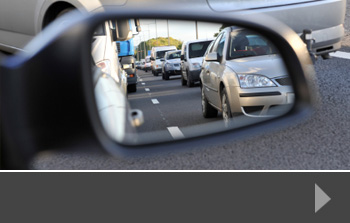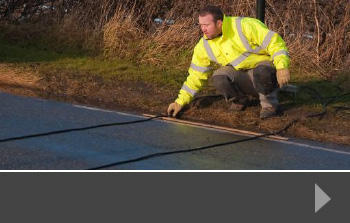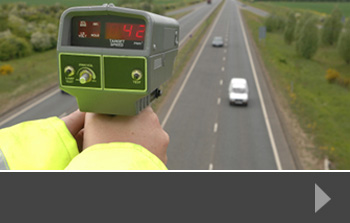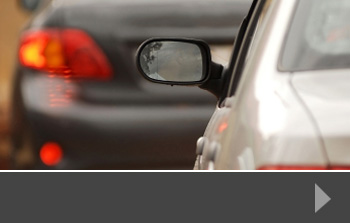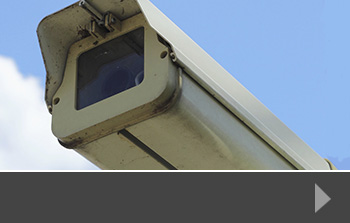Car of the Year winner prompts road infrastructure conversation
WhatCar Magazine’s Car of the Year 2019 is the all-electric Kia e-Niro. The magazine calls it: “… the first sensibly priced electric car that can fit into most people’s lives.”
This is the first time that an electric car has won Car of the Year, and it shows that car manufacturers are pouring money into developing cars that are more affordable, more practical and beat the barriers to entry for consumers – such as high prices, long charges and short distance-per-charge. But it also raises questions about how the road network can adapt to ensure that both electric and – eventually – driverless cars can use the network safely and smoothly.
What does this mean for our roads?
Traffic surveys across the UK show that our roads are becoming increasingly congested. Switching to electric vehicles won’t reduce congestion, but it will reduce pollution, helping to improve air quality and general health and wellbeing. It will also, in the long term, reduce the requirement for fuel from fossil-based sources, which again is positive for the environment.
But electric vehicles are still vehicles on the road, and our infrastructure needs to be able to cope with ever-increasing numbers of vehicles. Potential ways to manage congestion include:
Adaptive traffic management
We’re already seeing this at key junctions and on motorways. At junctions, smart traffic lights help to regulate the flow of traffic, based on the volume of traffic in the area. This helps to keep traffic running through the junction as smoothly as possible. On motorways, variable speed systems slow traffic down in advance of any potential problems, helping to avoid the stop-start nature of motorway delays wherever possible. Using the hard shoulder during congestion periods also helps to reduce traffic jams.
Toll roads
Whilst more popular elsewhere in the world than in the UK, there is a lot of work being done on dynamic toll lanes. Running alongside existing free lanes, these are charged for on a cash-less basis, with the toll price adjusted according to the volume of traffic in the lane. Drivers can plan their journey by seeing where it would be more efficient to pay for the toll, and where it’s fine to use the free lanes.
Autonomous vehicles
As technology advances and car manufacturers test and improve their autonomous functions, there’s a greater possibility of this technology coming to market. Sensors will automatically manage the car’s speed, handle merging from one road to another and drive at a more ‘average’ level, reducing the human driving patterns that contribute to congestion.
Road traffic surveys from RDS
At RDS, we welcome innovations that improve the condition of the UK road network and the ability of drivers to get where they want to go with the least possible disruption. Our work involves collecting valuable data on congestion, parking, journey times and more, to help planners and developers make informed decisions about the roads we use every day. Contact us to find out more.

